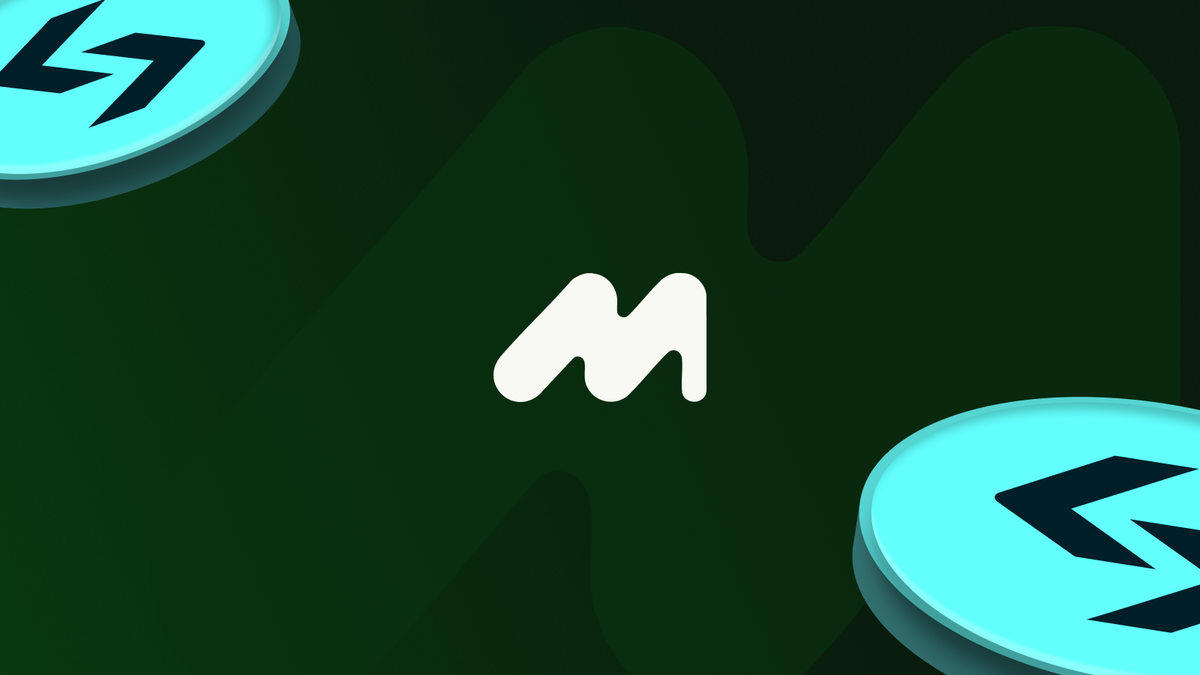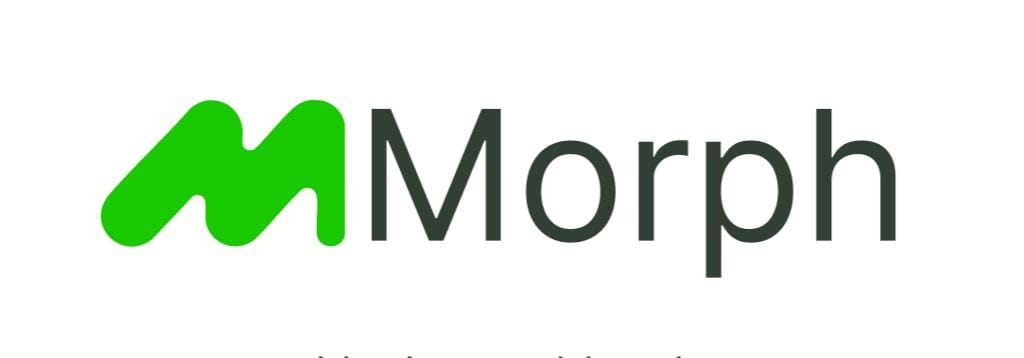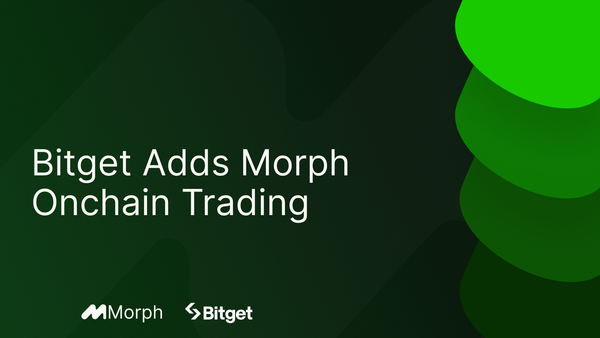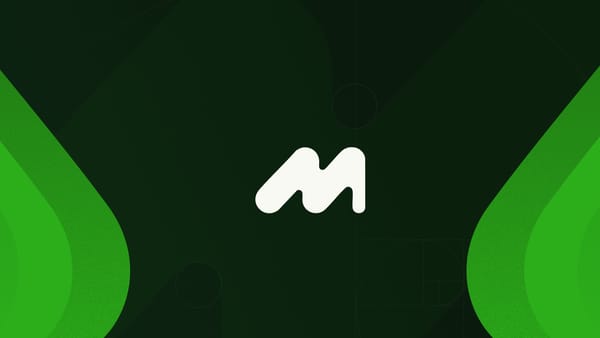Frequently Asked Questions - BGB

This page provides general informational context regarding BGB’s technical integration within the Morph network. The content is intended to help users, developers, and community participants understand the structure and functionality of BGB as it relates to the Morph ecosystem.
Nothing here should be interpreted as financial advice, investment guidance, or a promise of future performance. Any features or mechanisms described may be subject to ongoing development, review, and governance.
What is BGB’s new role?
BGB is now the native onchain utility token of the Morph network. It powers gas, governance, and ecosystem incentives that drive network growth. This marks BGB’s evolution from an exchange-linked token into a foundational Layer 2 asset supporting payments, DeFi, and onchain financial applications.
How does BGB work within Morph?
BGB can soon be used as gas on Morph, creating natural onchain demand tied directly to real activity. Beyond gas, BGB supports governance participation, builder initiatives, and adoption programs that strengthen the ecosystem. As network activity expands, BGB usage and consumption will increase accordingly.
What is the Morph Foundation Treasury?
The Morph Foundation manages a Treasury of 220 million BGB to sustain long-term ecosystem development. Treasury allocations support areas such as builder incentives, liquidity provision, and future growth initiatives. All Treasury activity is transparent, verifiable onchain, and governed by clearly defined rules.
What does the 2% monthly release cap mean?
The 2 percent monthly limit represents a ceiling, not an automatic release. Each month, up to 2 percent of Treasury holdings may be used for approved ecosystem programs. Any unused tokens remain locked. This ensures responsible token management and long-term transparency.
How do BGB burns work?
BGB’s burn mechanism follows a transparent, rule-based formula that permanently removes tokens from circulation in proportion to real network usage.
The formula is:
Burn = (Adjustable Governance Factor × Ecosystem Fee × Booster) / Average BGB Price
As network fees and transaction volume increase, burn amounts rise proportionally. The Adjustable Governance Factor allows flexible community participation, the Booster amplifies burn rates as the network grows, and dividing by the Average BGB Price maintains stability. This mechanism ensures that token supply adjusts naturally based on measurable onchain activity.
What is the long-term supply target for BGB?
BGB is structured to decrease gradually over time through the initial 220 million burn, the 2 percent monthly release cap, and the quarterly burn mechanism. There is no fixed timeline. Supply will decline naturally as network activity grows, creating long-term alignment between usage and circulating supply.
Who governs BGB?
BGB governance parameters are public and community-visible. The Morph Foundation operates based on onchain rules, while governance participants vote on changes such as updates to the burn formula or release limits. Governance outcomes will be transparent and verifiable.
How does BGB support DeFi?
BGB will serve as a key asset within DeFi on Morph and will be used for various forms of staking, collateralization, and liquidity programs. The Morph Foundation will also provide targeted builder grants to projects that enhance token utility and deepen integration with the Morph ecosystem.
Will Morph launch dedicated support or incentive programs?
Yes. The Foundation is designing structured initiatives to support builders, developers, and projects that expand Morph’s payment network and other real-world use cases. These programs will prioritize practical utility and ecosystem alignment, ensuring that support contributes directly to sustainable network growth.
Why is BGB’s integration into Morph significant?
BGB is one of the first ERC-20 tokens to function as native gas on a Layer 2 network, enabled by Morph’s Viridian Upgrade and EIP-7702 implementation.





